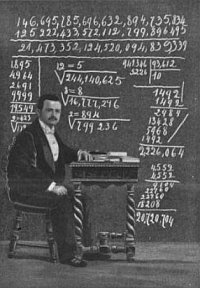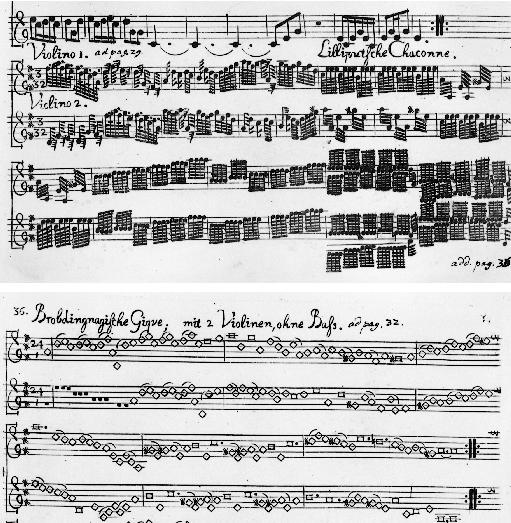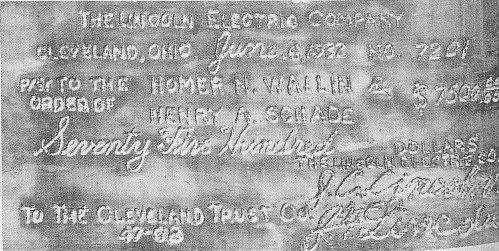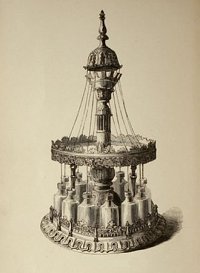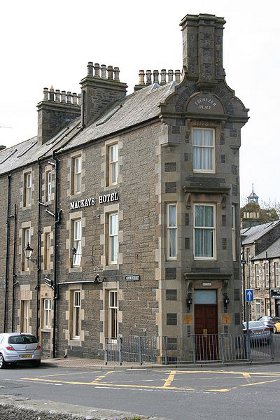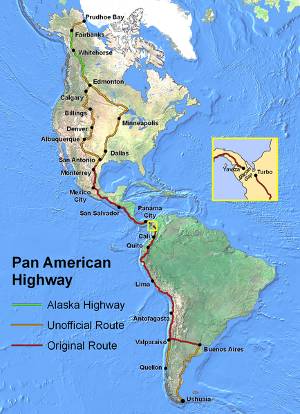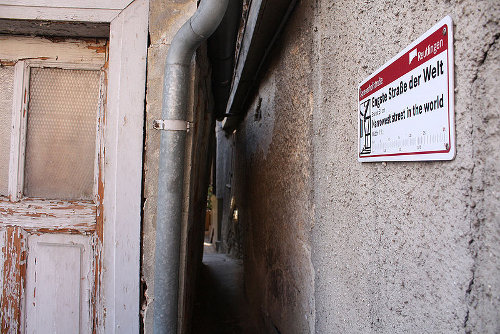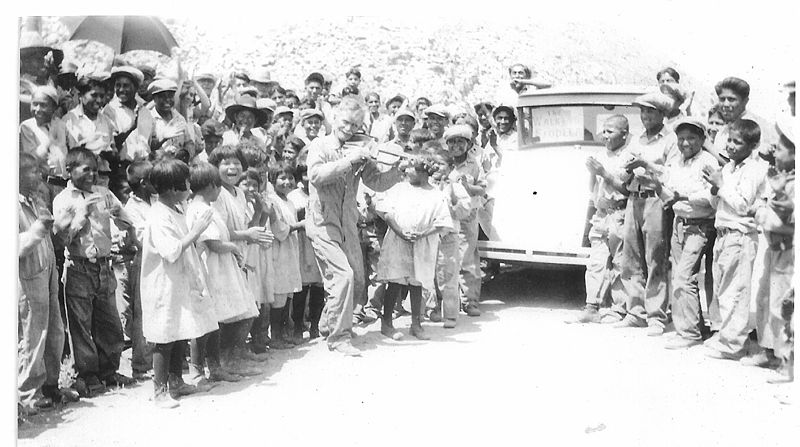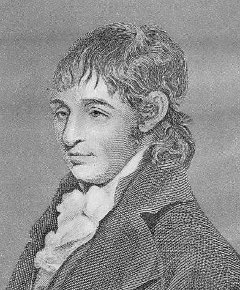I, along with several onlookers, says a friend, recently, observed a swallow enter an exhaust-pipe in the roof of one of the Grand Trunk workshops, evidently for the purpose of building her nest in it. Unfortunately for her, she could not get out again; and her partner entered the pipe also, and backed out again with a feather in his beak. Three times did he ineffectually attempt to rescue his mate. When work was resumed in the afternoon, the swallow was blown out of the pipe by the steam, and lay dead on the roof of the building, the survivor standing by and showing signs of deep distress.
— James Baird McClure, ed., Entertaining Anecdotes From Every Available Source, 1879
The following is related by an eminent naturalist: ‘A young lady was sitting in a room adjoining a poultry yard, where chickens, ducks and geese were disporting themselves. A drake came in, approached the lady, seized the bottom of her dress with his beak, and pulled it vigorously. Feeling startled, she repulsed him with her hand. The bird still persisted. Somewhat astonished, she paid some attention to this unaccountable pantomime, and discovered that the drake wished to drag her out of doors. She got up, and he waddled out quietly before her. More and more surprised, she followed him, and he conducted her to the side of a pond where she perceived a duck with its head caught in the opening of a sluice. She hastened to release the poor creature and restored it to the drake, who by loud quackings and beating of his wings testified his joy at the deliverance of his companion.’
— Ballou’s Monthly Magazine, May 1870

